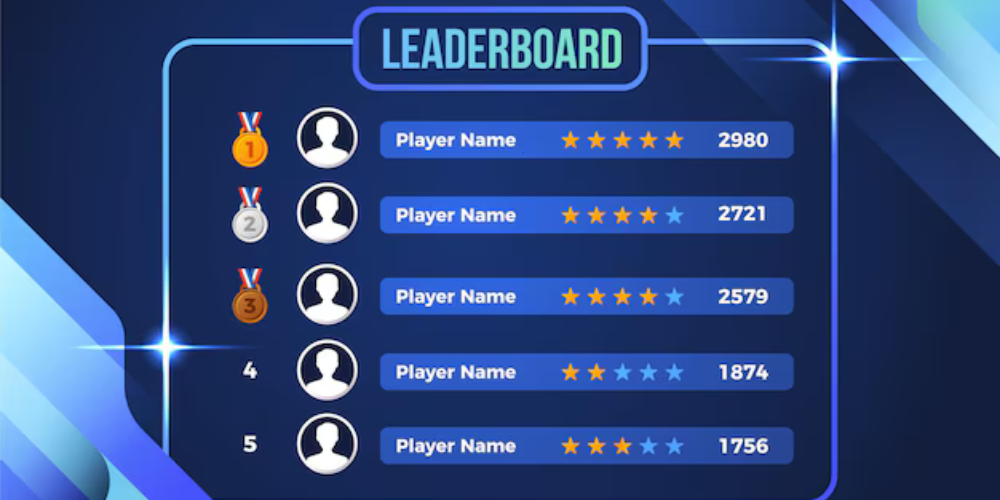The Science of Gamification: Applying Game Mechanics to Real-World Problems
- Jun 21, 2024
- 849

Understanding Gamification
Gamification is the application of game-design elements and principles in non-game contexts. Essentially, it uses the fun and engaging elements of games to motivate and reward desired behaviors in various activities or systems. This innovative approach has found applications across multiple sectors, including education, healthcare, and business, enhancing both engagement and productivity.
The Core Elements of Gamification
The core elements of gamification comprise points, badges, leaderboards, levels, and rewards. These components harness humans' natural desires for competition, achievement, status, and collaboration. By incorporating these elements, organizations can create an environment of healthy competition and mutual growth, encouraging individuals to strive for excellence.

Enhancing Education Through Gamification
In education, gamification transforms the learning process by making it more interactive and enjoyable. For instance, students can earn points for participation, achieve badges for reaching milestones, and see their ranks on leaderboards. This system not only motivates students to engage actively but also tracks their progress, making the learning experience more comprehensive and satisfying.
Revolutionizing Healthcare With Gamification
In healthcare, gamification can improve patient engagement and adherence to treatment plans. Health apps, for example, often incorporate game mechanics like daily goals, streaks, and rewards to encourage users to maintain healthy behaviors. By making health management more engaging, patients are more likely to stick with their regimens, improving their overall health outcomes.
Boosting Employee Motivation and Productivity
In the business sphere, gamification is used to enhance employee motivation and productivity. Performance metrics can be gamified to include point systems, badges for accomplishments, and leaderboards reflecting team standings. This method fosters a sense of achievement and camaraderie among employees, driving them to perform better and reach organizational goals.

Challenges and Considerations in Gamification
Despite its many benefits, gamification comes with challenges. One such challenge is ensuring the game mechanics align with the organization's objectives without becoming a distraction. Moreover, it’s crucial to design gamified systems that are both inclusive and equitable to avoid fostering negative behaviors like unhealthy competition or exclusion. A thoughtful design, considering these aspects, can mitigate such risks.
The Future of Gamification
The future of gamification looks promising as it continues to evolve with advancements in technology. Virtual Reality (VR) and Augmented Reality (AR) offer new frontiers for creating even more immersive and engaging experiences. As organizations and developers continue to refine their approaches, gamification's potential to solve real-world problems is boundless.
Summary
Gamification, the integration of game elements in non-game contexts, has proven to be a powerful tool in addressing various real-world problems. By leveraging core game mechanics, it enhances engagement and motivation in education, healthcare, and business. Although it presents certain challenges, such as maintaining alignment with objectives and inclusivity, thoughtful design can overcome these hurdles. The future of gamification is bright, with technologies like VR and AR expanding its horizons further. Overall, gamification’s potential to transform how we tackle everyday challenges is immense and incredibly promising.